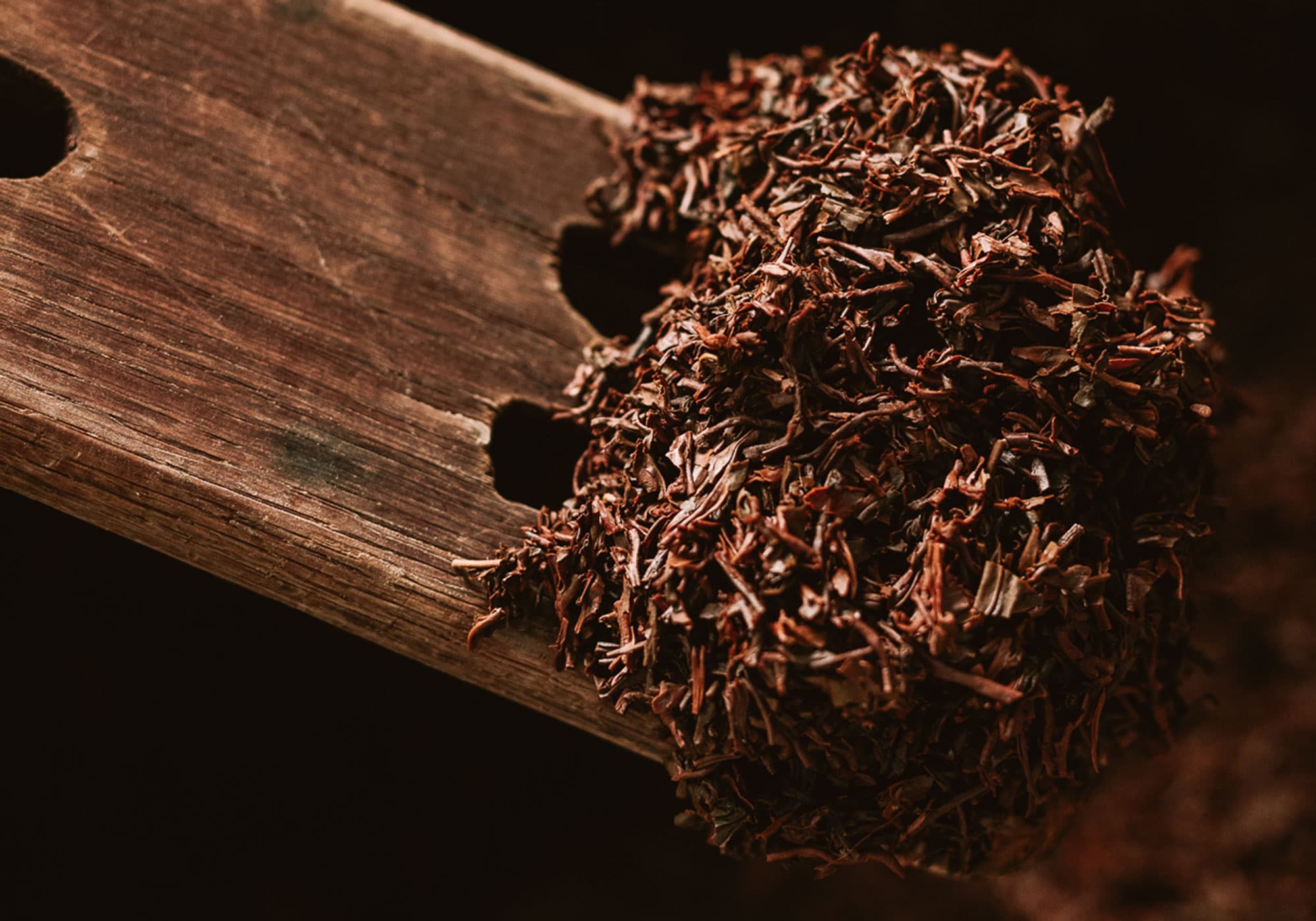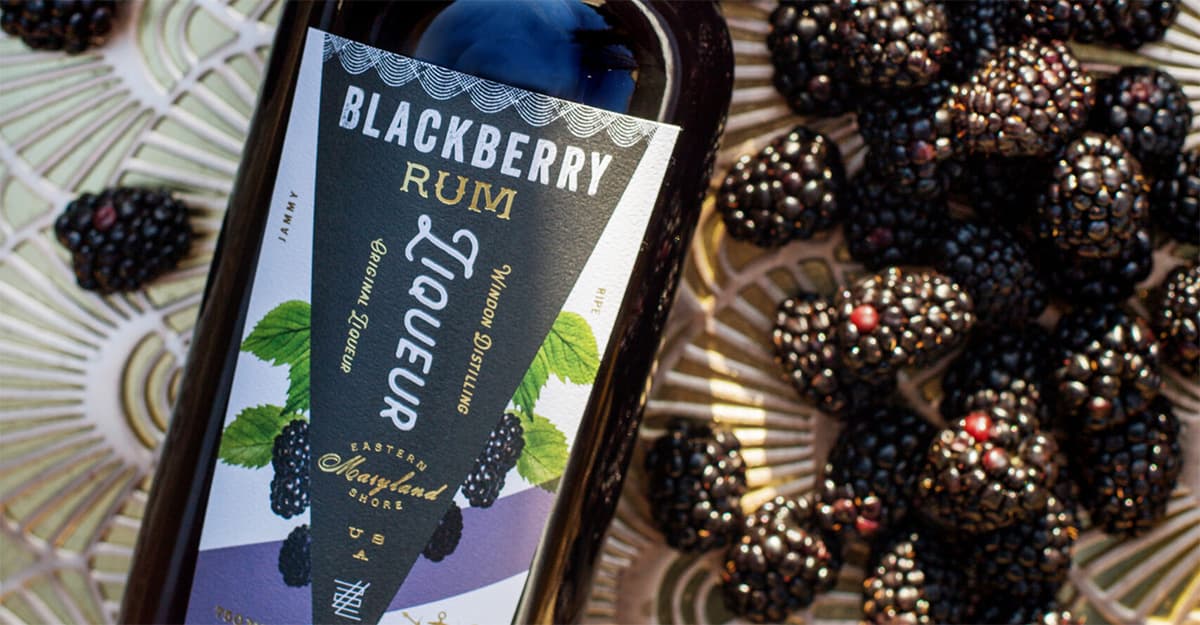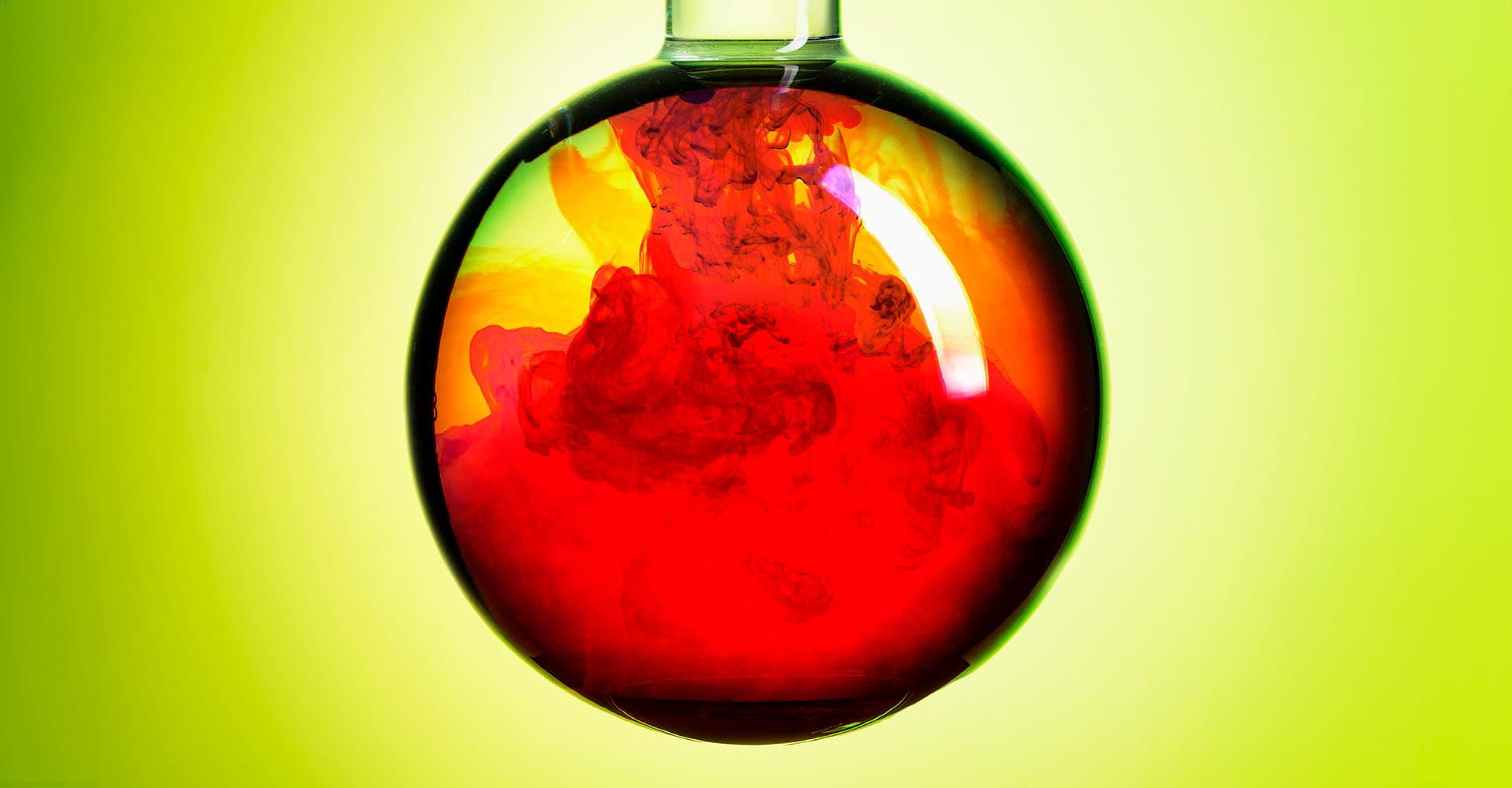
More Than a Number: Selecting the Right Bottle Proof for Your Spirit
ALL ACCESSThe strength at which distillers decide to bottle their products can have wide-ranging impact, from labeling laws to bartender preferences.
7 articles in this category

The strength at which distillers decide to bottle their products can have wide-ranging impact, from labeling laws to bartender preferences.

In all its myriad forms, tea can add exotic yet comforting character to liqueurs and bitters.

Mushrooms offer a range of characteristics that may appeal to consumers, whether they’re seeking flavor in spirits or function in NA beverages.

For distillers of any size, the concept of flavor drift can be confusing and worrisome—yet it’s an inevitable part of any product’s life cycle. Here’s what to know about flavor drift and how it can affect your products.

The spicy compound 4-vinyl-guaiacol occurs in many drinks, but among distillers, it’s best known as a flavor component of certain whiskeys—especially ryes. Whether you want to dial it up, dial it down, or just dial it in, here’s what to know.

Never mind the haters. Rum infusions represent an opportunity to win fans by adding flavor and complexity to an often-overlooked category.

In this first of a two-part series, Devon Trevathan lays out the basics of what it takes to make a successful liqueur—from choosing a spirit base to flavoring and filtration. The most important ingredient, however, may be trial and error.